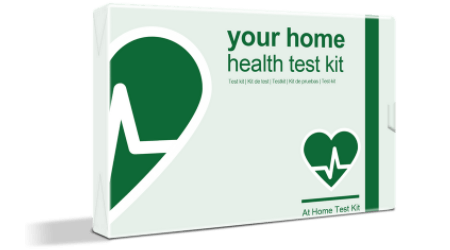Statistics can sometimes lay things out for us in black in white in a form that we can understand better than anything else when it comes to development over time. That’s why they’re around, after all. Recently, data has shown that the usage of allergy medication (as well as digestive enzymes) has increased significantly within the general population of Australia. As experts begin to dive into the data that lies behind it — and possibly uncover the reason for it — the general public take notice as well.
Why do allergy medication usage numbers matter?
If you don’t have an allergy, or perhaps you take allergy medication when you absolutely need to, you may think to yourself: “Okay, what’s the big deal?” which is totally understandable. Much like other statistics, however, it shows us that there is a shift happening with the human biology-related world that requires further study. The increase in numbers of those taking medication can lead to a few soft (unconfirmed) conclusions:
- More and more people are dealing with allergies: Generally speaking, more people are finding that they are dealing with allergies. These could be pollen allergies, food allergies, or seasonal allergies.
- Whatever kind they are, they’re becoming more common in the general Australian public. It’s possible that children aren’t outgrowing their childhood allergies like commonly assumed with age, and that adults are dealing with adult on-set allergies where they were fine before.
- Allergies are becoming more bothersome: Since the usage of medications has gone up, it’s also safe to assume that the allergies themselves have become more bothersome as well. No longer are people simply “soldiering through” allergy symptoms.
- They’re turning to allergy medications to help them through the worst of the symptoms. This indicates that allergies themselves are also becoming more severe and/or that immune systems are weakening from generation to generation.
- Demographics show that adults are more at-risk: While infants and children often do have allergies that they can grow out of (as mentioned above), adults could be finding that they are dealing with more allergies as adults, too. This is especially so in women. The usage of allergy medications also increased with biological age, which could help researchers focus their studies.
While researchers sift through the data and start to investigate the numbers that caused the results that differentiate from the results shown 10 years ago, it’s clear that professionals are going to have to start changing their tactics on how they address the allergy medication problem. Do the medications themselves need to be addressed? Is genetic research going to be helpful in determining at-risk infants for the next generation? With the numbers in hand and the data coming forward, Australians are waiting to see what comes of this data and what it means for themselves, their allergy medications, and the future generations. Right now, it’s all up in the air, but the numbers clearly show that usage of both allergy and digestive enzyme medications are on the rise.


